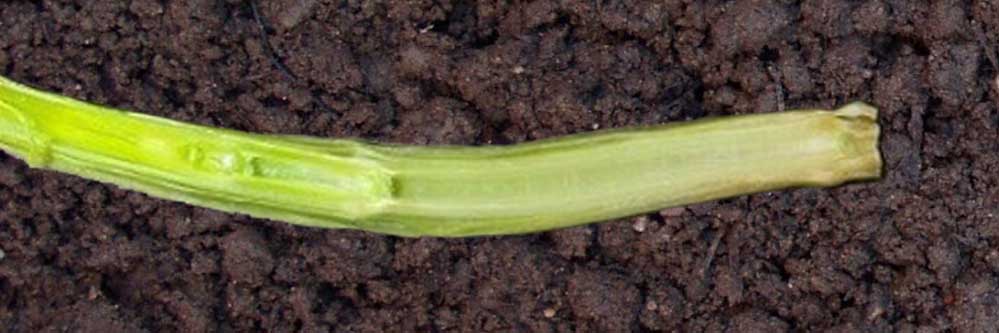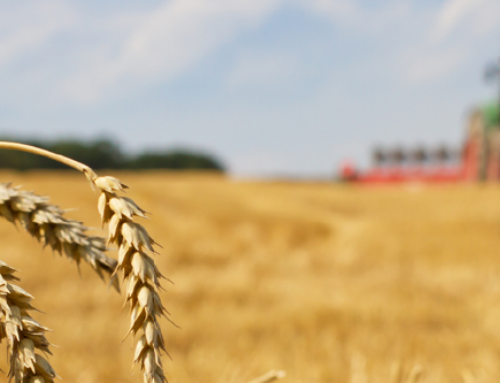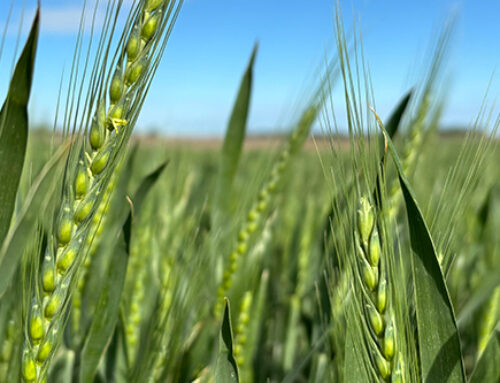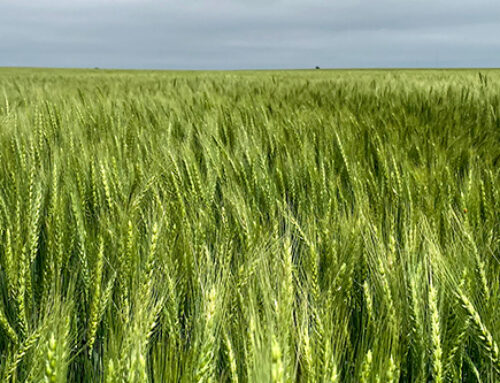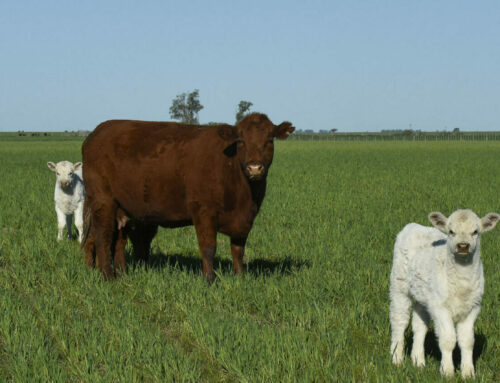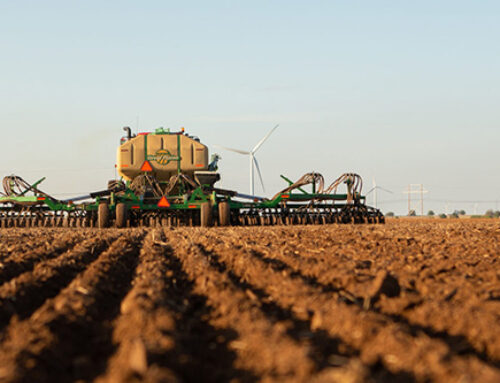In much of the Crop Quest trade area, wheat is considered a dual purpose crop. It can be utilized for grazing and grain. The wheat is drilled earlier in the season if going for grazing only and planted at a higher seeding rate to provide plenty of forage for cattle during the winter months.
When growing wheat for dual purpose, it is very important to understand a critical stage in the growing cycle; that is jointing. Jointing is t above the soil surface.
This is important for several reasons. When grazing, cattle will need to be removed from the wheat pasture so the growing point is not removed. When the microscopic head forms, the plants become more vulnerable to late freeze and herbicide damage. Use of a growth regulator herbicide should always be done before jointing occurs. The number of kernels per head is also determined at jointing, so stress here can cause yield loss.
Scouting for hollow stem and jointing is important and should be done in early spring when the weather starts to warm. When plants have jointed around one and a half centimeters, first hollow stem occurs. Scouting for first hollow stem can be done by digging up plants in un-grazed areas of a field and cutting the primary tiller’s stem vertically. Having a dime handy will make it easy because the diameter of a dime is very close to one and half centimeters and can easily be held up to the split stalk to determine if the extended node has exceeded the length of the dime. Grazing past first hollow stem can reduce grain yield by as much as five percent per day (Oklahoma State Facts sheet PSS-2147). Weather, variety and grazing intensity can vary how much yield will be lost.
Frequent scouting in the critical growing periods is the best way to prevent yield loss, and avoid applying herbicides at the wrong time. Regular scouting should be done on all wheat fields whether they are grazed early or not. Our Crop Quest Agronomists have the knowledge and experience to help producers make the most of their wheat crop and can aid in determining when to cease grazing and make proper herbicide recommendations that will reduce crop injury.
Written By: Craig Bohl; 2015 Intern in Ulysses, KS Division; Oklahoma Panhandle State University
Featured Image By: Jeff Edwards, Ph.D., Small Grains Extension Specialist, Oklahoma State University
